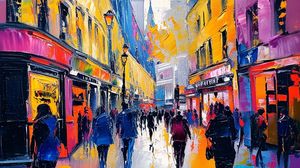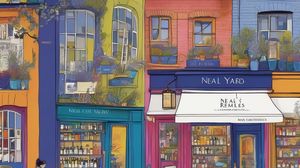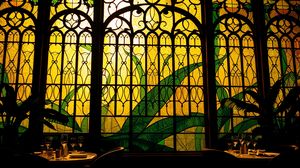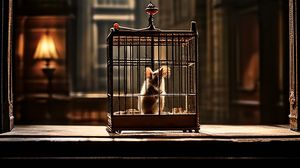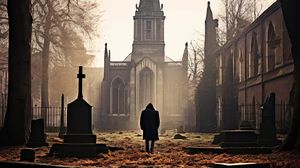
St. Giles-in-the-Fields, located in the heart of London, is a historic Anglican church known for its serene atmosphere and striking architectural design. Situated at the edge of Soho and just a stone's throw from Covent Garden, this church offers a moment of tranquility amidst the bustling city life. Its rich history and beautifully preserved interiors make it a fascinating site for visitors.
The church was originally built in the 12th century and has undergone various reconstructions over the years, with the current structure completed in 1733. It exemplifies the work of architect Henry Flitcroft in the Palladian style, characterized by symmetry, classical proportions, and the grand use of stone.
One unique aspect of St. Giles-in-the-Fields is its connection to the Great Plague of London in the 17th century. The area around the church was known as an infamous burial ground for plague victims. Today, the churchyard serves as a somber reminder of the city's turbulent past.
Not just a place of worship, St. Giles-in-the-Fields is also a hub for community activities and cultural events. It frequently hosts concerts, exhibitions, and lectures, drawing locals and tourists alike. This lively engagement with the arts makes it much more than just a historical monument.
St. Giles-in-the-Fields has been mentioned in various literary works, including Charles Dickens' masterpiece "The Old Curiosity Shop," adding a touch of literary fame to its storied existence. This connection with Dickens and other authors endows the church with a uniquely enduring cultural significance.
Visitors often marvel at the church's pipe organ, a majestic instrument refurbished in the modern era, yet it maintains its original 18th-century charm. This organ is central to numerous musical performances held within the church, showcasing the building's exceptional acoustics.
The church's commitment to social issues is reflected in its long-standing tradition of supporting various charitable causes. This role underlines St. Giles-in-the-Fields' ongoing relevance as an active participant in addressing contemporary social challenges.

Making the Most of Your Visit:
If you've got a love for history, don't miss the church's fascinating connection to the Great Plague. Take a mindful stroll through the churchyard where many plague victims were laid to rest - it's a hauntingly beautiful spot that quietly speaks to London's past.
For a serene escape, try to visit during a weekday morning. It's generally less busy and you can truly appreciate the quiet and calm inside, taking in the architectural beauty without the usual bustling crowds.
If you're into music, check the church's schedule for organ recitals or concerts. Their 18th-century organ is an absolute gem, and the acoustics in the church will give you goosebumps. It's an intimate way to experience the space.
Art and culture enthusiasts should keep an eye out for exhibitions and lectures that are often held here. These events offer an insight into the local creative scene and can add a unique dimension to your visit.
Lastly, take a moment to explore the literary ties of St. Giles-in-the-Fields. With its nods in Charles Dickens' works, it's like stepping into history where you can imagine scenes from "The Old Curiosity Shop" playing out. A perfect spot for literature lovers!

Visiting Times & Costs:
St. Giles-in-the-Fields in London is open to the public and welcomes visitors throughout the year. There is no entrance fee to visit the church; however, donations are appreciated to help with the upkeep of the building and its programs.
The church is generally open for visitors on weekdays from 10:00 AM to 4:00 PM, though it might be closed for private events or religious services, so checking ahead for specific closures is a good idea.
St. Giles-in-the-Fields strives to be accessible to all visitors. There is step-free access to the main areas of the church, making it wheelchair accessible. However, due to the historic nature of the building, some areas, like the upper galleries, may not be fully accessible for those with mobility issues.
Visitors with specific accessibility needs are encouraged to contact the church in advance to ensure the best possible experience.

Address & Map:

Nearby:












